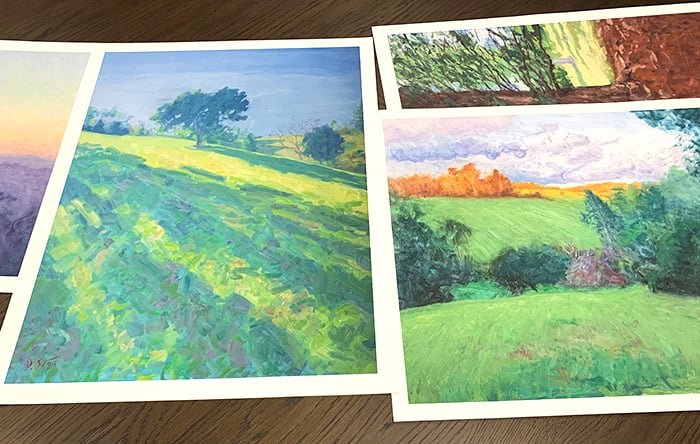So, you’ve always been fascinated by the beauty of art prints and the sheer creativity they exude. You’ve admired the striking colors, intricate designs, and unique concepts, and now you find yourself yearning to create your own. Fear not, for this beginner’s guide is here to pave the way for your artistic journey. Whether you’re an aspiring artist, a DIY enthusiast, or simply someone with a passion for creativity, this article will take you on a delightful exploration of the step-by-step process of designing your very own captivating art prints. From brainstorming ideas to selecting the right materials, brace yourself for an artistic adventure that will unlock your hidden artistic potential. Get ready to bring your imagination to life and turn your vision into beautiful art prints that reflect your personal style and passion.
Understanding Art Prints
Art prints are reproductions of original artwork, created using various printing methods and techniques. They play a significant role in the world of art, allowing artists to share their work with a wider audience and making art more accessible to individuals who may not be able to afford original pieces. Art prints offer an affordable alternative without compromising on quality and visual impact.
Different types of art prints exist, each with its own unique characteristics. Giclee prints, for example, are high-quality reproductions made using archival inks and fine art paper. They are known for their exceptional color accuracy and longevity. Screen prints, on the other hand, involve transferring ink through a mesh screen onto paper, resulting in bold and vibrant prints. Other types include lithographs, etchings, and digital prints.
The market for art prints has seen tremendous growth in recent years. With the rise of e-commerce platforms and online marketplaces, artists now have more opportunities to showcase and sell their prints to a global audience. Additionally, the growing interest in interior design and home decoration has fueled the demand for art prints as a way to add personality and style to living spaces. As a result, many artists and printmakers have found success in the art print market, making it an exciting and lucrative avenue for creative individuals.
Finding Your Artistic Style
When embarking on the journey of designing your own art prints, it’s important to explore different artistic styles to find your own unique voice. Take inspiration from various artists and art movements, experimenting with different techniques and mediums. By immersing yourself in diverse artistic styles, you’ll be able to understand your preferences and develop a style that resonates with you.
Factors to consider in finding your own artistic style include your personal interests, the emotions you want to convey through your work, and the subjects that inspire you. Experimentation is key, as you never know which style may resonate with you the most. Stay open-minded and allow yourself to evolve as an artist.
Consistency in style is vital for establishing your artistic identity. When viewers recognize your distinct style, it helps create a cohesive body of work and builds recognition. Consistency allows you to develop a signature style that stands out and sets you apart from other artists. Experimentation is important, but finding a balance between exploration and maintaining consistency is equally crucial.
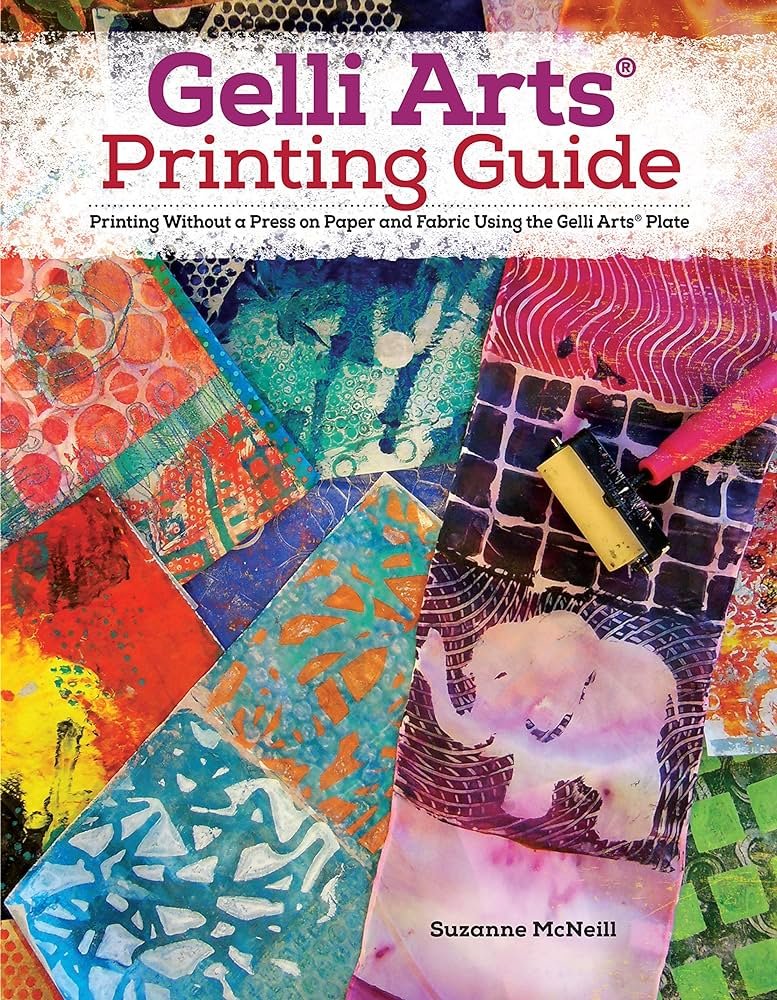
Conceptualizing Your Art Print Design
Brainstorming ideas is an essential part of the design process. Begin by contemplating the message or story you want your art print to convey. Consider the emotions, themes, or narratives you want to evoke in your audience. Jot down any ideas that come to mind, whether they are sketches, words, or concepts. This brainstorming session helps you generate a variety of potential designs.
Mood-boarding and sketching initial designs are valuable steps in the conceptualization process. Create a mood board by collecting images, colors, textures, and other visual references that align with your vision. This collage of ideas will help you establish a visual direction for your art print. Sketching allows you to experiment with compositions, shapes, and forms. It’s a way to bring your ideas to life on paper and refine your design before moving onto the digital stage.
Choosing color schemes, textures, and elements is another significant aspect of art print design. Consider the mood and emotions you want to evoke in your audience and select colors that align with those feelings. Experiment with different textures and elements to add depth and visual interest to your design. Remember to ensure the chosen elements are meaningful and contribute to the overall message or story you want to tell through your art print.
Choosing the Correct Materials
Selecting the right materials is crucial to achieving the desired quality and longevity for your art print. Different types of paper have varying characteristics, such as texture, weight, and opacity. Fine art papers, for example, are popular choices due to their archival qualities and ability to showcase intricate details. Smooth or textured finishes may suit different artistic styles, so consider the effect you want to achieve when choosing your paper.
Ink selection also plays a significant role in the final output of your art print. Archival inks are highly recommended as they offer long-lasting color vibrancy and resistance to fading. Pigment-based inks are known for their fade resistance and wide color gamut. The type of printer you use may also affect ink selection, so it’s essential to research compatible inks for your specific printer model.
Quality materials are vital for ensuring the longevity of your art prints. Inferior papers or inks may result in prints that quickly fade, yellow, or deteriorate over time. Invest in high-quality materials to provide your customers with prints that retain their vibrancy and overall quality for years to come. By using archival materials, you demonstrate your commitment to producing professional-grade art prints that stand the test of time.
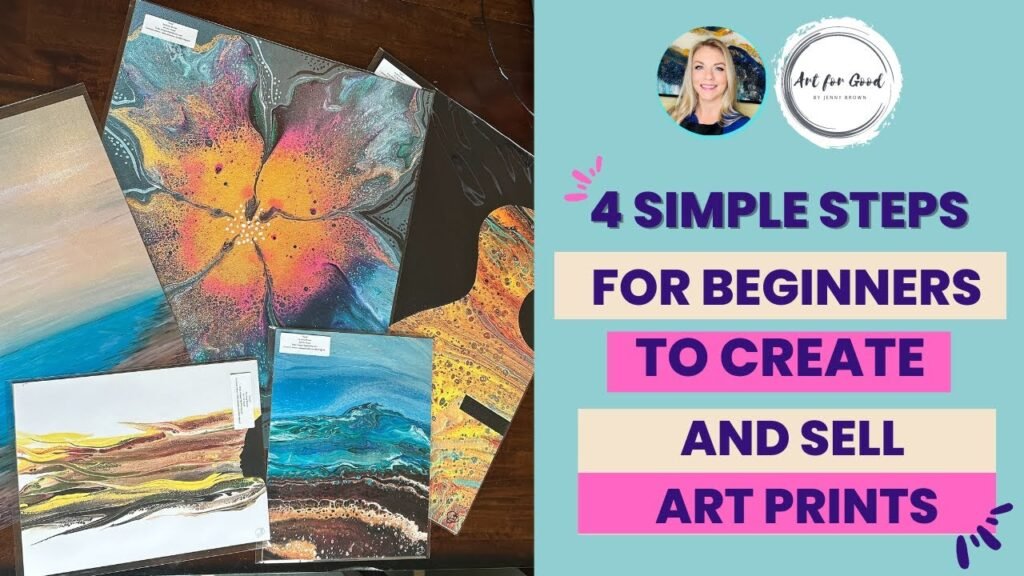
Mastering Art Software
Art designing software allows you to bring your art prints to life digitally. Adobe Illustrator and Photoshop are two widely used programs in the art and design community. Illustrator focuses on creating vector-based artwork, which is ideal for clean and scalable designs. Photoshop, on the other hand, excels in editing and enhancing images, making it a versatile tool for artists.
Learning the basics of these software programs is essential for digital art creation. Familiarize yourself with the tools, menus, and functions within each program. Practice using different brushes, layers, and effects to master the software’s capabilities. Many online tutorials and resources are available to help beginners navigate these programs and improve their digital art skills.
Digital art software offers various benefits and features that enhance the art creation process. They provide extensive color options, layer management, and the ability to undo and redo actions easily. Additionally, digital art software allows for efficient editing, resizing, and experimentation with different effects. With these tools, artists have more flexibility and control over their art, enabling them to refine and perfect their designs.
Creating Your Art Digitally
Transferring and refining sketches on a digital platform is an exciting step in the art creation process. Scan or photograph your initial sketches and import them into your chosen digital art software. Use the software’s tools to refine lines, shapes, and proportions, ensuring your design is clean and well-executed. Take this opportunity to make any necessary adjustments or improvements to your sketch.
Color adjustment, contrast enhancement, and dimension resizing are all achievable digitally. Explore different color palettes and experiment with various combinations to find the perfect balance for your art print. Adjust contrast levels to enhance depth and visual impact. Digital editing also allows you to resize your design effortlessly to fit different print sizes or aspect ratios.
Digital tools and techniques can elevate your design and add depth to your art print. Experiment with filters, textures, and blending modes to create unique effects. Consider adding highlights and shadows to create a sense of volume and dimension. Take advantage of layers to separate different elements and make adjustments more easily. Explore different brushes and techniques to add textures or simulate traditional mediums. The possibilities are endless when creating art digitally.
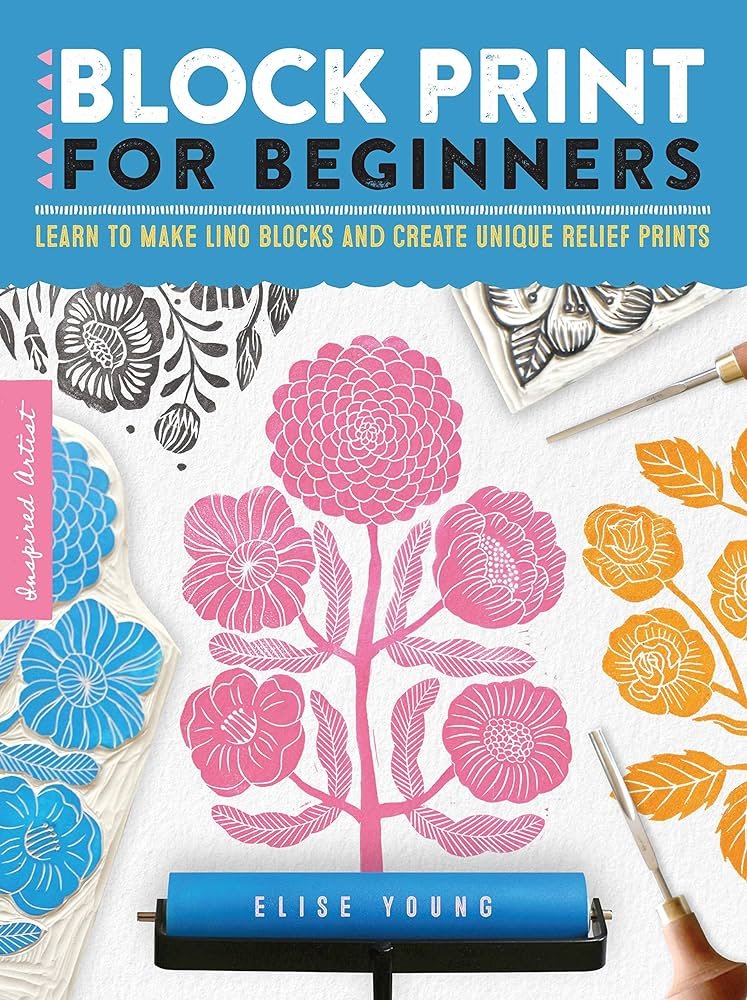
Printing Your Art Design
After creating your art print digitally, it’s time to bring it into the physical world. Choosing the right printer is crucial to achieving accurate color reproduction and print quality. Look for a printer that offers a wide color gamut, precise color calibration, and supports the type of paper you have chosen. Read reviews and compare different models to find one that suits your specific needs and budget.
Understanding print settings and color management is essential for obtaining the desired results. Adjusting print settings such as resolution, paper type, and ink density can affect the final output. Pay attention to color management options, including color profiles, to ensure accurate color reproduction. Calibration tools and color charts can assist in achieving consistent colors across different prints.
Preventing common printing issues requires attention to detail and proper print preparation. Ensure that your digital file is in the correct color mode and resolution for printing. Pay attention to borders, bleeds, and margins to avoid unwanted cropping or resizing. Perform test prints to identify any issues before printing in large quantities. By taking these precautions, you can minimize errors and produce high-quality prints that accurately represent your digital design.
Finalizing Your Art Print
Before presenting your art prints to the world, it’s essential to carefully check and adjust the print. Examine the colors, details, and overall quality to ensure they match your digital design. Make any necessary adjustments, such as color corrections, before producing large quantities. Pay attention to small imperfections or artifacts that may have occurred during the printing process and correct them if possible.
Preserving and protecting your art prints is crucial for maintaining their longevity and quality. Store them in acid-free sleeves or archival boxes to prevent degradation caused by environmental factors such as light, moisture, and air pollution. Matting and framing your prints using acid-free materials can enhance their presentation and provide an extra layer of protection. Display your prints away from direct sunlight or bright artificial light sources to prevent color fading.
To establish authenticity and add value to your art prints, sign and date each print. Your signature not only symbolizes your ownership but also serves as a mark of quality and craftsmanship. Include the print edition number if applicable, indicating the total number of prints produced in that specific edition. Make sure the signature is placed in a visible but unobtrusive area to avoid distracting from the artwork itself.
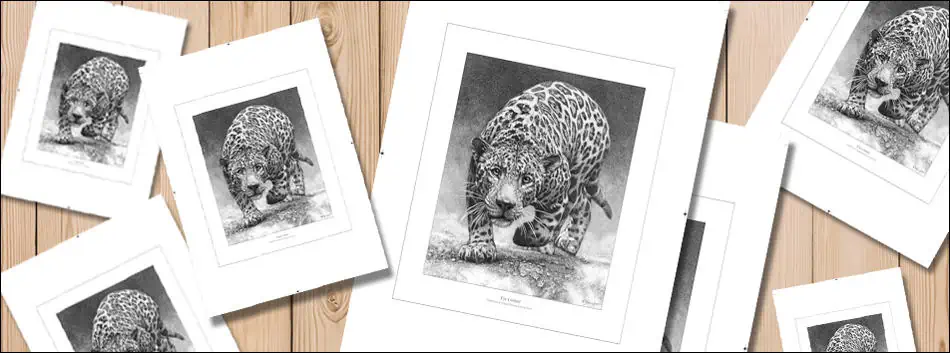
Selling and Marketing Your Art Prints
Once you have your art prints ready, it’s time to share them with the world. There are several avenues available for selling your art prints, both online and offline. Online platforms like Etsy, Shopify, and social media websites provide a global reach and allow you to connect directly with potential customers. Offline options include art galleries, exhibitions, and local markets. Consider a combination of online and offline channels to maximize your market reach.
Marketing strategies are essential for promoting your art prints and attracting customers. Create a compelling artist statement that explains the inspiration behind your work and what sets your art prints apart. Utilize social media platforms to showcase your art, engage with your audience, and share the creative process. Collaborate with influencers or other artists to broaden your exposure. Participate in art events and exhibitions to network with fellow artists and collectors. Building a strong online presence and actively marketing your art prints can significantly increase your chances of success.
Pricing your art prints can be a challenging task, as it requires finding a balance between affordability for customers and profitability for yourself. Consider factors such as production costs, time investment, uniqueness of the design, and market demand. Research the prices of similar art prints within your niche to gain insights into industry standards. Remember that pricing is not set in stone and can be adjusted as you gain experience and popularity. Flexibility and experimentation are key when determining a pricing strategy that works for you.
Legal Considerations for Selling Art Prints
Understanding copyright laws is crucial for artists selling their prints. Copyright protects the original works of authors, including visual artists. Familiarize yourself with the copyright laws relevant to your country to ensure that you are not infringing upon anyone else’s intellectual property. If you are using references or incorporating elements from another artist’s work, obtain permission or ensure your use falls within fair use guidelines.
Creating and managing contracts is essential when selling art prints. Contracts help protect both the artist and the buyer, outlining terms and conditions such as pricing, edition size, shipping, and returns. Clearly defining these aspects can prevent future misunderstandings or conflicts. Consult with legal professionals or organizations specializing in artist contracts to ensure your contracts are comprehensive and legally binding.
Legal considerations also come into play when selling art prints online. Understand the rules and regulations imposed by online marketplaces and platforms. Familiarize yourself with any fees, commissions, or copyright policies enforced by these platforms. Research data protection and privacy laws to ensure that you comply with regulations when handling customer information. By staying informed and complying with legal requirements, you can confidently sell your art prints online while protecting yourself and your customers.
Embarking on the journey of designing and selling your own art prints is an exciting and rewarding endeavor. From understanding the importance of art prints to mastering art software, choosing materials, and navigating the world of print production and marketing, this comprehensive guide equips you with the knowledge and tools to embark on your artistic journey. Remember to constantly embrace creativity, adapt to new techniques and trends, and most importantly, stay true to your artistic vision. Happy printing!
